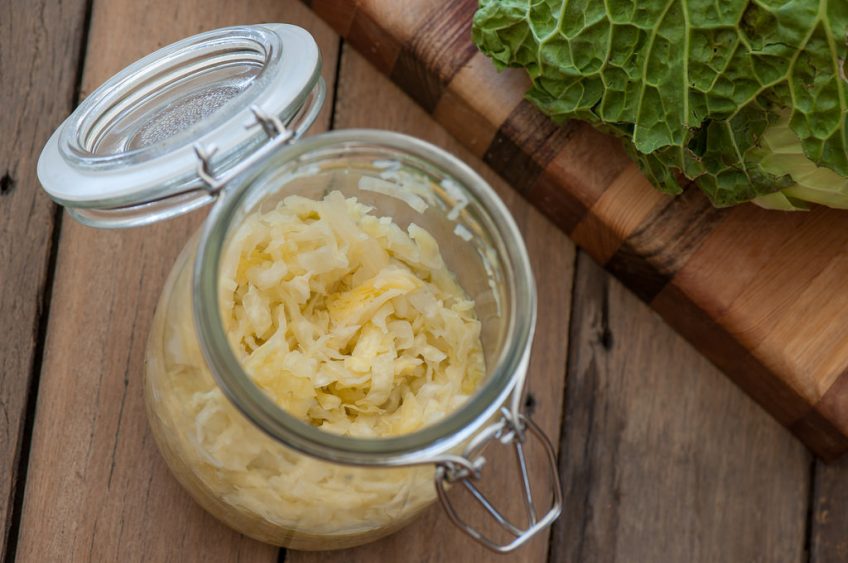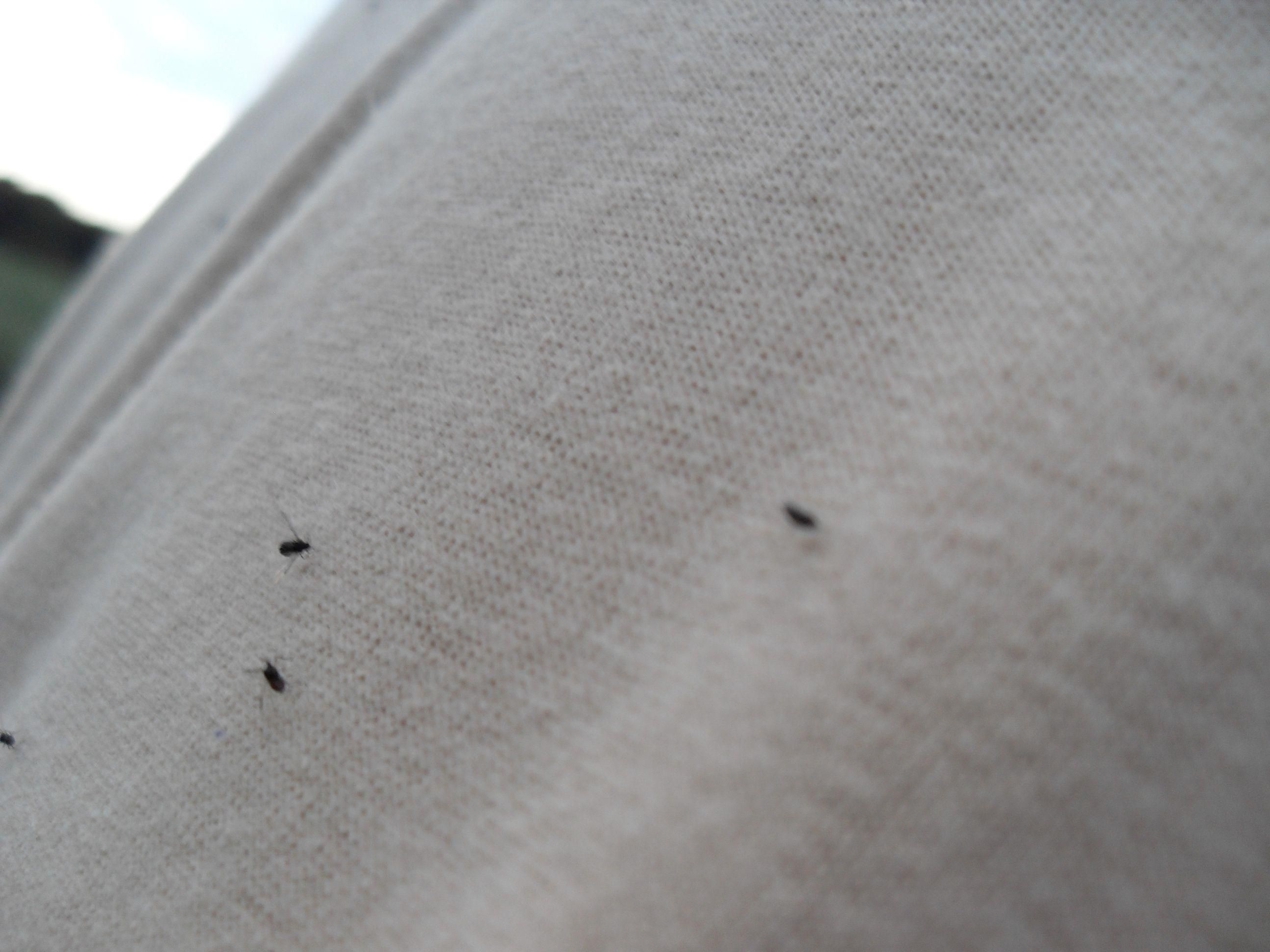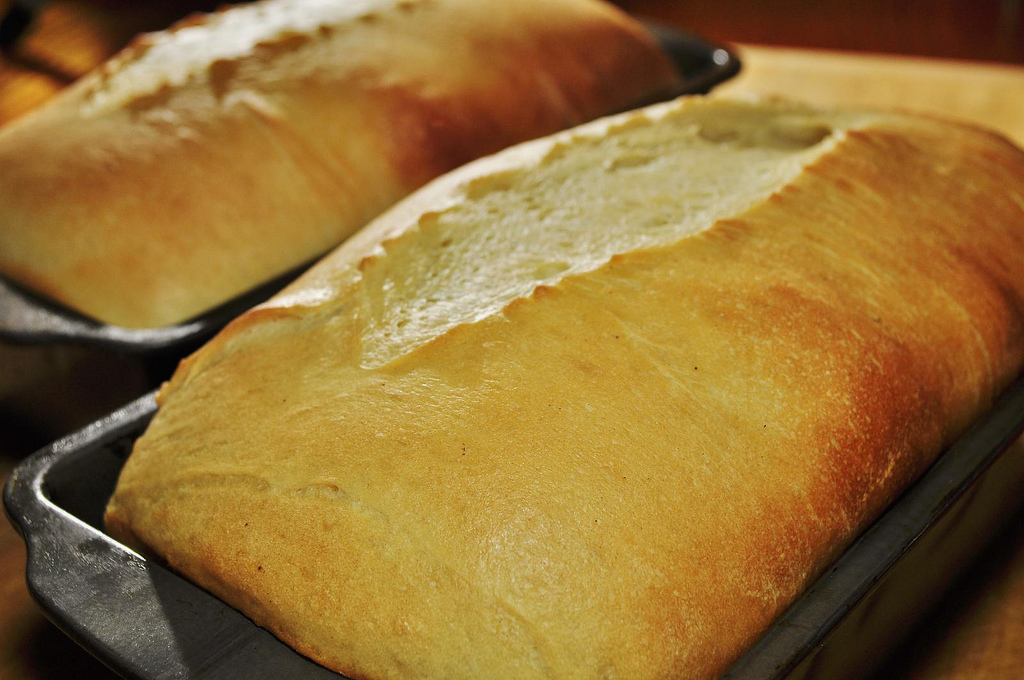
The nutrition you can grow on your homestead is not limited to your garden! Fermenting is great for gardeners not only because you can use the excess vegetables in your garden, but also because it is a way to preserve vegetables that increases the nutritional value of what you are preserving.
Fermenting is basically growing beneficial bacteria, and it’s been done for thousands of years, all over the world.
Sauerkraut is a type of fermented vegetable that you’re probably familiar with already, it’s a popular condiment in Germany and much loved in the United States as well.
It’s very easy to make at home on your countertop, either with cabbage from your garden or of course from the store. The important thing is to use organic cabbage; the pesticides in conventional cabbage can interfere with the fermenting process.
What you need:
- 1-2 large heads of organic cabbage
- 1 quart mason jar
- 1 1/2 tablespoon kosher salt
- caraway seeds (optional)
- fermenting weights or a small jelly car and clean rocks
- Cheesecloth or paper towel
- Rubber band or twine
What you do:
- It’s always good to start with fully sanitized equipment. Wash your cutting board, knife, and jars with hot water and soap
- Slice up your cabbage, as thin or as thick as you prefer.
- Put the cabbage in a large mixing bowl, and sprinkle the salt over the top
- This is the most labor-intensive part. Begin to massage the salt into the cabbage leaves. You can use a potato masher or meat cleaver too to gently pound the cabbage leaves. Do this for about 5-10 minutes. The cabbage leaves will wilt considerably, this is what you want. The liquid from the cabbage will slowly become released through this process; this is the liquid you will use to preserve the cabbage. Once they are significantly and uniformly wilted, move on to the next step.
- If you are using the caraway seeds, mix them in while the leaves are still in the bowl.
- Stuff your cabbage leaves into the jar, punching them down to the bottom of the jar as you go, so that the liquid rises above the cabbage (it won’t stay that way, but just keep pushing it down as you add all your cabbage to the jar
- Weigh the kraut down. As you will notice at this point, no matter how much you stuff the cabbage in the jar, it will always try to slowly pop back up, so you will want to weigh it down so it remains submerged in the liquid. You can use either fermenting weights or a small jelly jar with a few rocks in it. Cover the kraut with a paper towel or cheesecloth and secure with a rubber band.
- Over the next 24 hours, check the kraut from time to time and press the cabbage down further if needed.
- Over the next 3-10 days, let your kraut ferment in a dark, cool place. After three days you can start to taste; it’s virtually done when the taste is to your liking.
Enjoy!
If you liked this, you might also enjoy…





